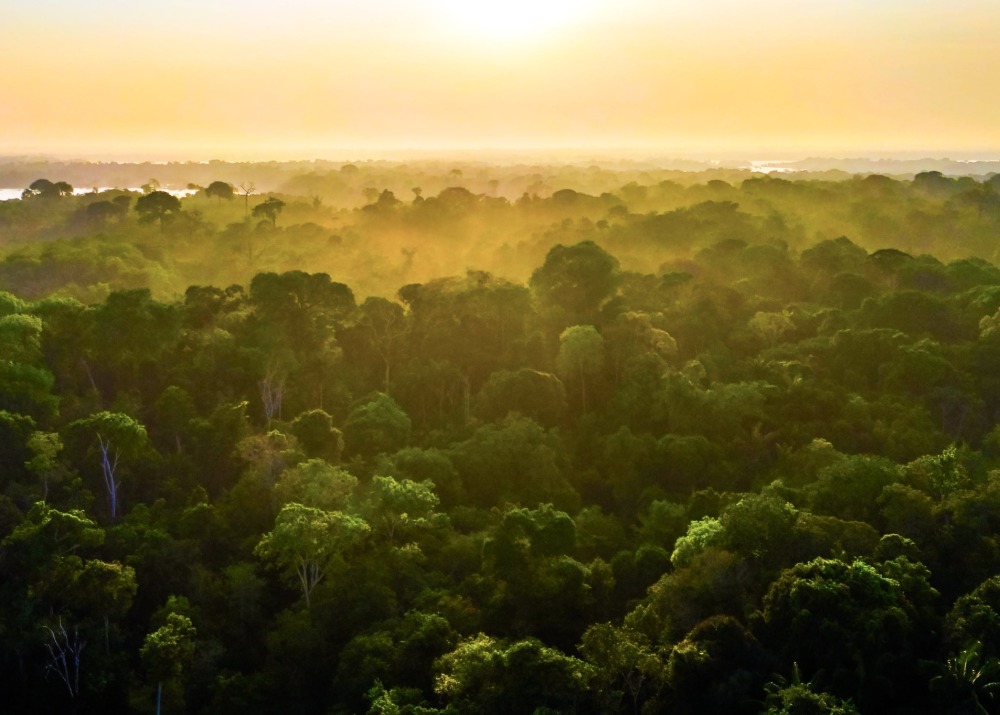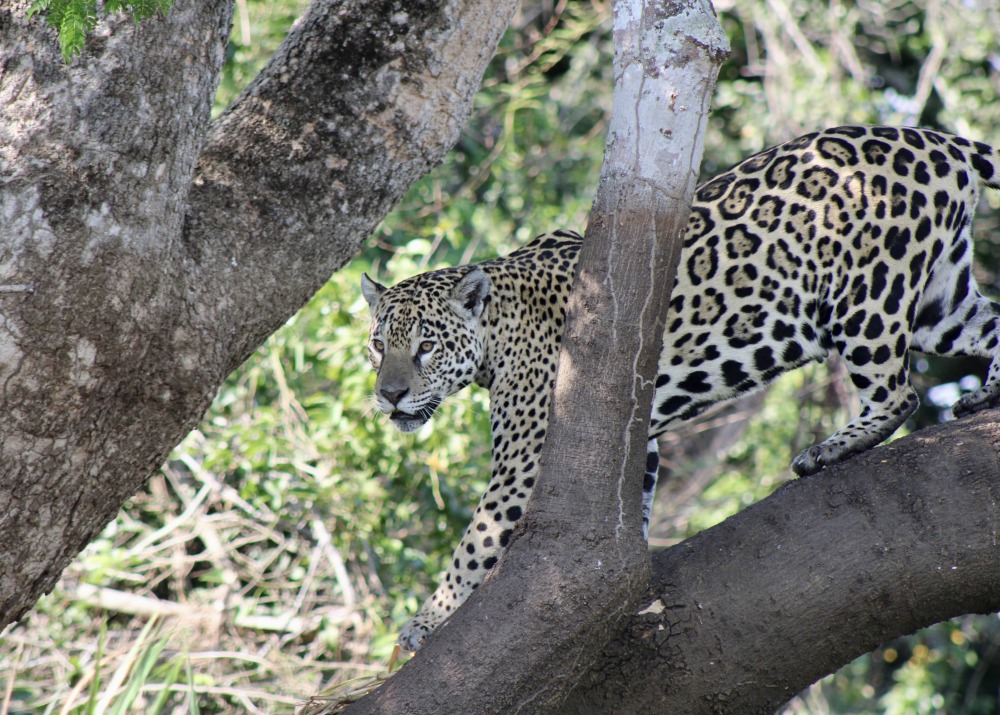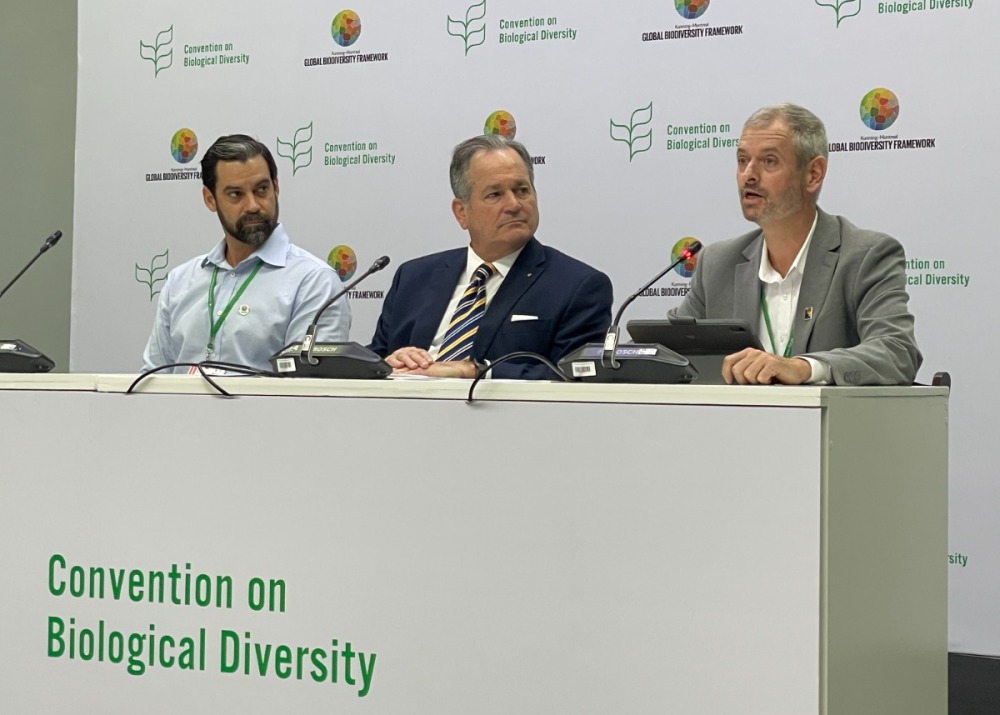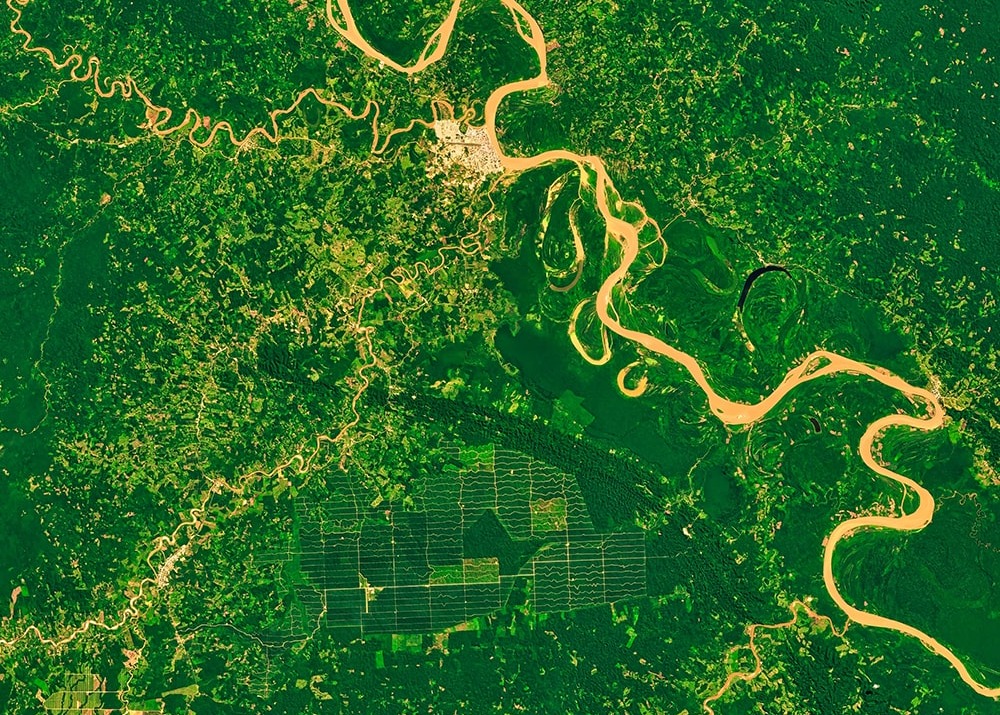Project Lifecycle: Monitoring Wildlife Presence, Behavior, and Diversity
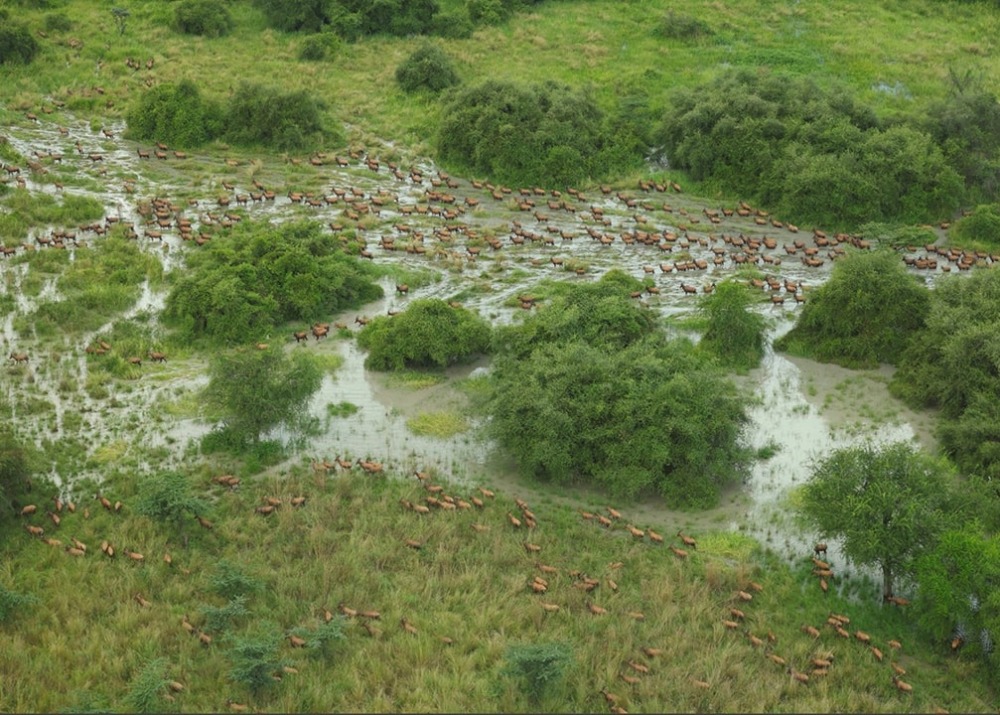
Monitoring Wildlife Presence, Behavior, and Diversity
Protecting vulnerable species is central to our mission. To ensure we are safeguarding the acres that most benefit these species, we and our partners rely on an assortment of monitoring tools and techniques that help us better understand when, where, and how different species are using and interacting with their habitat. Below, we take a look at some of the ways our partners assess the health of the habitat and species they seek to protect.
Trail Cameras
Many of our partners use trail cameras to collect photographs or videos of wildlife—and sometimes humans—within the acres they are seeking to protect. These cameras are triggered by movement. When an animal walks by, for example, its movement will be sensed by the camera. The camera then takes one or several photographs, sometimes also recording a video. The animal itself is undisturbed, making this an excellent way to observe wildlife. These photographs help our partner understand when and where these animals are traveling, how frequently they visit a preferred location or habitat type, and what they might be doing there.
Below: A compilation of some of the best camera trap footage obtained by our partners across the globe.
Acoustic Monitoring
Like trail cameras, acoustic monitoring equipment collects information about what, when, and how species use and travel through their habitat. But while cameras capture visual data, acoustic monitors record sounds. These recordings can then be analyzed—sometimes with AI assistance—to determine the presence of specific bird, amphibian, and mammal species by identifying their distinctive calls, songs, or other sounds. This technology can also detect the presence of poaching or other human activities.
Biodiversity Surveys
In addition to remote monitoring via cameras and other technologies, our partners often conduct one or more boots-on-the-ground biodiversity surveys at several times and locations throughout the lifespan of their projects. Many projects include an initial assessment to document the presence of priority species and collect baseline data about the proposed protected area’s biodiversity, ecological health, human use patterns, and more. These results are then compiled into reports that support the creation of the planned protected area(s).
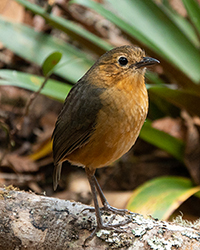 Ongoing biodiversity surveys or field assessments help assess how the wildlife and habitat respond to the protection efforts. Sometimes these surveys provide evidence that a species or population is recovering within its range or has expanded to an area where it wasn’t previously known to exist. Other times, these surveys record species that are entirely new to science. In Colombia’s newly expanded Guanacas and Antioquia Brush-Finch Nature Reserves, for example, our partner recently documented a new species of bird called the Paisa Antpitta.
Ongoing biodiversity surveys or field assessments help assess how the wildlife and habitat respond to the protection efforts. Sometimes these surveys provide evidence that a species or population is recovering within its range or has expanded to an area where it wasn’t previously known to exist. Other times, these surveys record species that are entirely new to science. In Colombia’s newly expanded Guanacas and Antioquia Brush-Finch Nature Reserves, for example, our partner recently documented a new species of bird called the Paisa Antpitta.
At left: Paisa Antpitta, courtesy of American Bird Conservancy
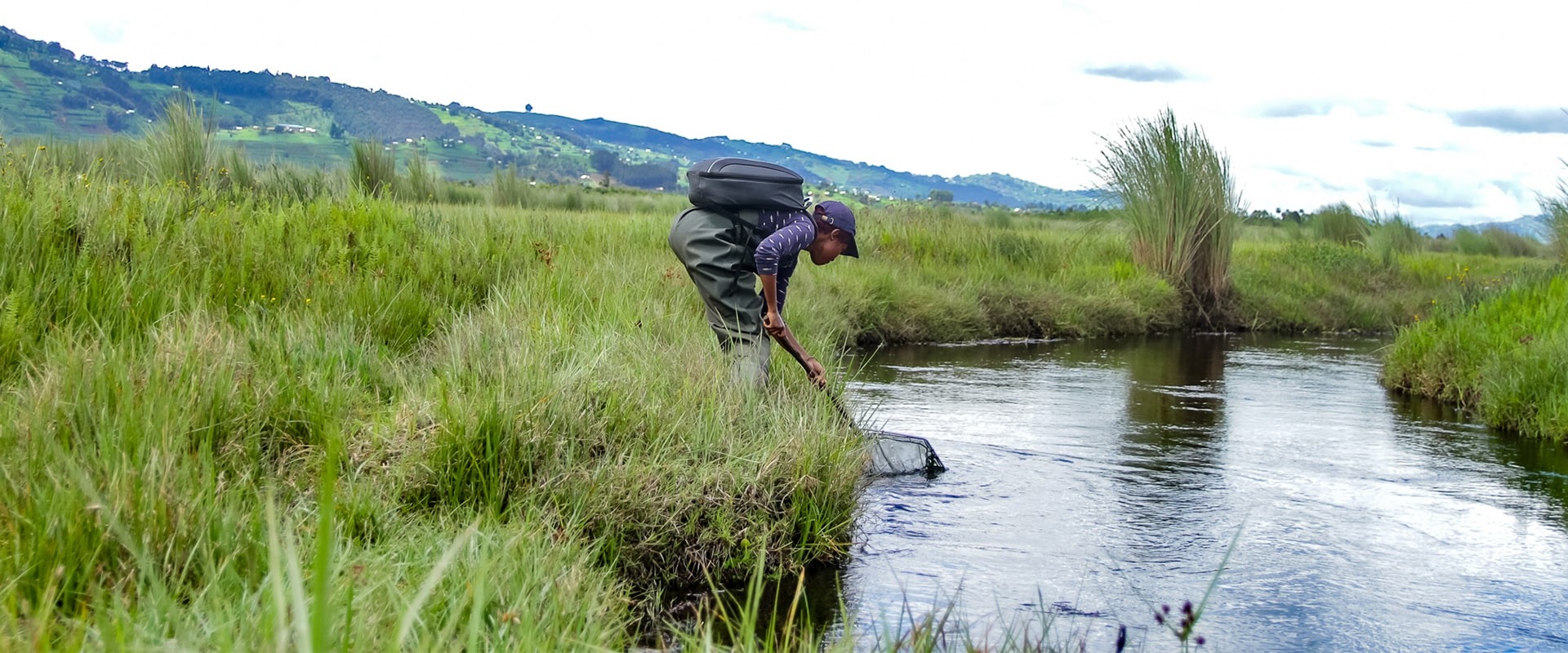
Biodiversity Survey of Rugezi Marsh in Rwanda, courtesy of RWCA
Emerging Technologies
Our partners incorporate new technologies as they become more readily available and affordable.
Drones, for example, can be used to document the presence of animal or plant species or to assess the overall health and integrity of the habitat within a property or parcel of land. Because drones are not limited by difficult terrain, they can be used to collect data from sites that are difficult for humans to reach by foot or vehicle.
Below: Drones are used to monitor species populations and overall integrity of the project site.
Artificial Intelligence (AI) is increasingly being used by researchers to more quickly and efficiently analyze large amounts of data. For example, one Rainforest Trust partner is working to improve and utilize AI technology for better and faster analysis of acoustic amphibian recordings in the Andean Amazon and Ecuadorian Chocó rainforests.
The analysis of environmental DNA (also called eDNA) is another promising, emerging technology for monitoring wildlife and may play an increasing role in future projects. Environmental DNA is the genetic material left behind by species as they move through their environment. This includes DNA within hair, skin, feces, and more. Although the technology is relatively new, several Rainforest Trust partners are already beginning to use eDNA analysis as one method of assessing species presence and diversity.
Every donation you make helps fund the fieldwork, photos, audio recordings, and species sightings that give our partners critical insight into the lands and wildlife we are helping to protect. This data directly informs the creation of new protected areas and long-term plans to safeguard habitats and species for the future.



